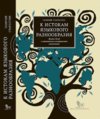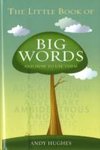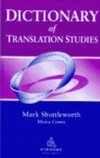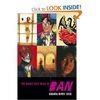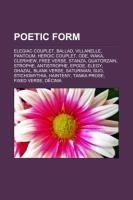
-
 Anglický jazyk
Anglický jazyk
Poetic form
Autor: Source: Wikipedia
Source: Wikipedia. Pages: 58. Chapters: Elegiac couplet, Ballad, Villanelle, Pantoum, Heroic couplet, Ode, Waka, Clerihew, Free verse, Stanza, Quatorzain, Strophe, Antistrophe, Epode, Elegy, Ghazal, Blank verse, Saturnian, Sijo, Stichomythia, Hainteny, Tanka... Viac o knihe
Na objednávku, dodanie 2-4 týždne
18.18 €
bežná cena: 20.20 €
O knihe
Source: Wikipedia. Pages: 58. Chapters: Elegiac couplet, Ballad, Villanelle, Pantoum, Heroic couplet, Ode, Waka, Clerihew, Free verse, Stanza, Quatorzain, Strophe, Antistrophe, Epode, Elegy, Ghazal, Blank verse, Saturnian, Sijo, Stichomythia, Hainteny, Tanka prose, Fixed verse, Décima, L¿c bát, Chastushka, Envoi, Gogyoka, Bouts-Rimés, Rhyme royal, Carmen, Cumulative tale, Heroic verse, Chant royal, Pantun, Cumulative song, Tanaga, Skolion, Oríkì, Paradelle, Blason, Anacreontics, Song That Luc Bat, Copla, Cobla, Roundel, Sestet, Hudibrastic, Terzanelle, Olonkho, Slavic antithesis, Balliol rhyme, Ragale, Palinode, Sisindiran, Tweede Asem, Virelai nouveau, Pentina, Sevenling, Synchysis, Antilabe, Bref double, Syair, Recueillement, Thanbauk, Canto, Arlabecca, Kantan Chamorrita, Quaternion, Monostich, Poetic closure, Action, Pathya Vat, Silva, Humdrum and Harum-Scarum, Yadu, Quinzaine, Poetic Meter and Poetic Form, Dodoitsu, Balwo, Nonnet, Stichic, Closed form, Tristich. Excerpt: Waka (¿¿, literally "Japanese poem") or Yamato uta is a genre of classical Japanese verse and one of the major genres of Japanese literature. The term was coined during the Heian period, and was used to distinguish Japanese-language poetry from kanshi (poetry written in Chinese by Japanese poets), and later from renga. The term waka originally encompassed a number of differing forms, principally tanka (¿¿, "short poem") and choka (¿¿, "long poem"), but also including bussokusekika, sedoka (¿¿¿, "memorized poem") and katauta (¿¿, "poem fragment"). These last three forms, however, fell into disuse at the beginning of the Heian period, and choka vanished soon afterwards. Thus, the term waka came in time to refer only to tanka. Japanese poet and critic Masaoka Shiki created the term tanka in the early twentieth century for his statement that waka should be renewed and modernized. Until then, poems of this nature had been referred to as waka or simply uta ("song, poem"). Haiku is also a term of his invention, used for his revision of standalone hokku, with the same idea. Traditionally waka in general has had no concept of rhyme (indeed, certain arrangements of rhymes, even accidental, were considered dire faults in a poem), or even of line. Instead of lines, waka has the unit (¿) and the phrase (¿). (Units or phrases are often turned into lines when poetry is translated or transliterated into Western languages, however.) Choka consists of 5-7 Japanese sound units phrases repeated at least twice, and concludes with a 5-7-7 ending. The briefest choka documented was made by Yamanoue no Okura in the Nara period, and goes: ¿¿¿¿¿¿¿¿¿¿¿¿¿¿¿¿¿¿¿¿¿¿¿¿¿¿¿¿¿¿¿¿¿¿¿¿¿¿¿¿¿¿¿¿¿ (Man'yoshu 5.802), which consists of a pattern 5-7 5-7 5-7 5-7-7: Tanka consists of five units (often treated as separate lines when Romanized or translated) usually with the following pattern of onji: 5-7-5-7-7.The 5-7-5 is called the kami-no-ku ("upper phrase"), and the 7-7 is called the shimo-no-ku ("lower ph
- Vydavateľstvo: Books LLC, Reference Series
- Rok vydania: 2020
- Formát: Paperback
- Rozmer: 246 x 189 mm
- Jazyk: Anglický jazyk
- ISBN: 9781151042736
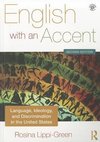

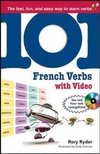
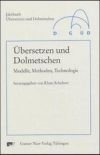
 Nemecký jazyk
Nemecký jazyk 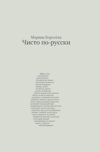
 Ruský jazyk
Ruský jazyk 

